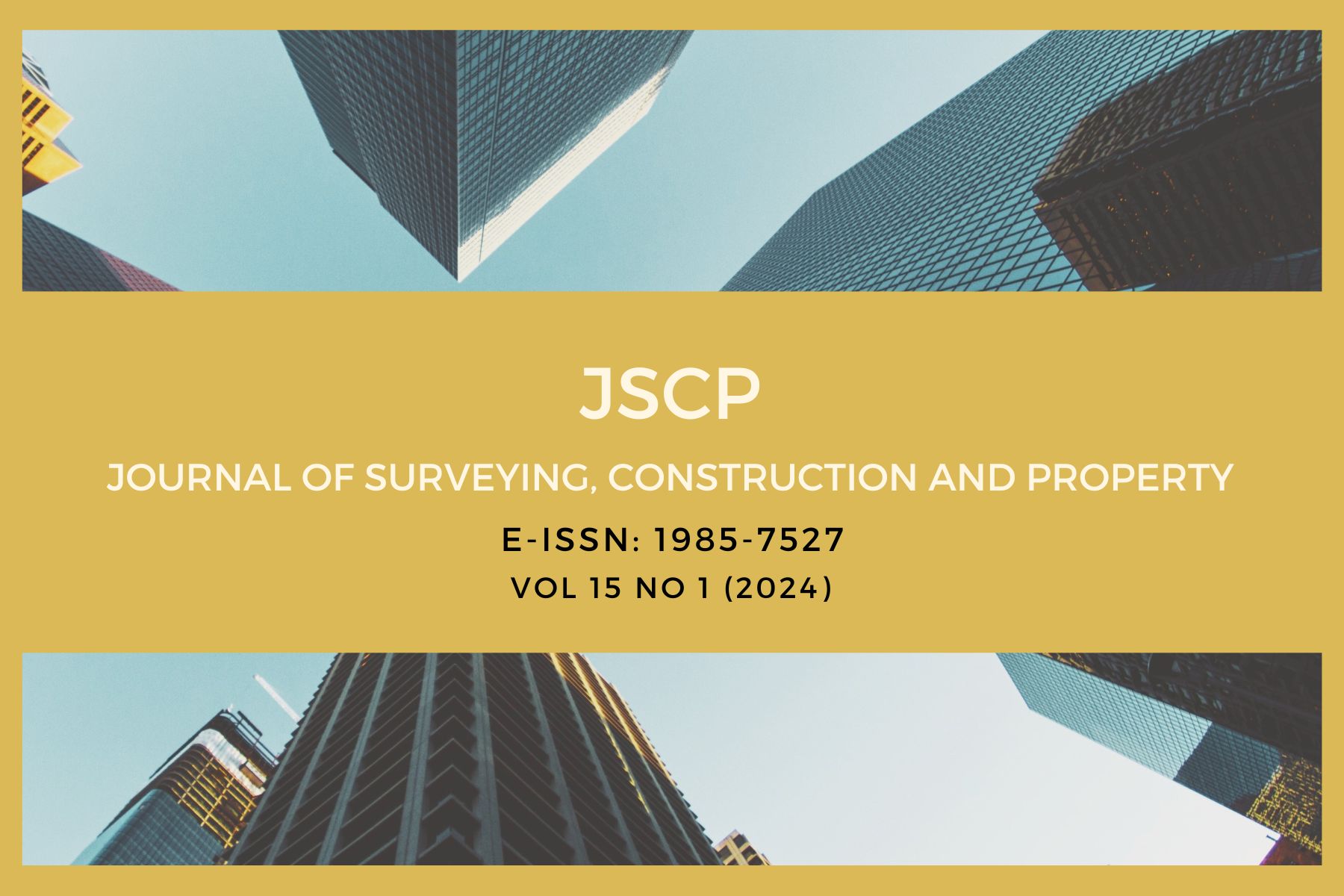FRASER’S HILL 1919 – 2019: REVIEW ON LANDSCAPE’S EVOLUTION AND FEATURES THROUGH ARCHIVAL RECORDS AND SITE OBSERVATION
Main Article Content
Abstract
The creation of the hill station landscape was one of the tangible evidences of British imperialism in Malaya from the late 18th century until 1957. In the past, British expatriates retreated from lowland to higher lands due to their inability to adapt to hot climates and the threat of malaria. However, despite looking at landscapes as colonial remains, hill stations depict the human genius in taking the opportunity offered by the natural environment with specific geographical factors to satisfy one’s needs and bring comfort to their health. Fraser’s Hill is one of the hill stations in Malaysia and is famously known as a tourist’s destination because of its colder climate. Unfortunately, there are unstoppable threats to this landscape and the risk of it being forgotten as a historic landscape. Hence, this paper is objectively to document the history and evolution of Fraser’s Hill landscape and to explore its built environment over a 100-year timeline. These objectives were achieved through a qualitative review of archival documents and on-site observation on Fraser’s Hill. The evolution of Fraser’s Hill proves that this historic landscape is more than just a cold mountainous landscape because it portrays the value of cultural landscapes that deserve to be protected.
Downloads
Article Details
COPYRIGHT: All rights reserved. No part of this journal may be reproduced, copied, or transmitted in any form or by any means—electronic, mechanical, photocopying, recording, or otherwise without proper written permission from the publisher. Any opinions expressed in the articles are those of the authors and do not necessarily reflect the views of the Universiti Malaya, 50603 Kuala Lumpur, Malaysia.
